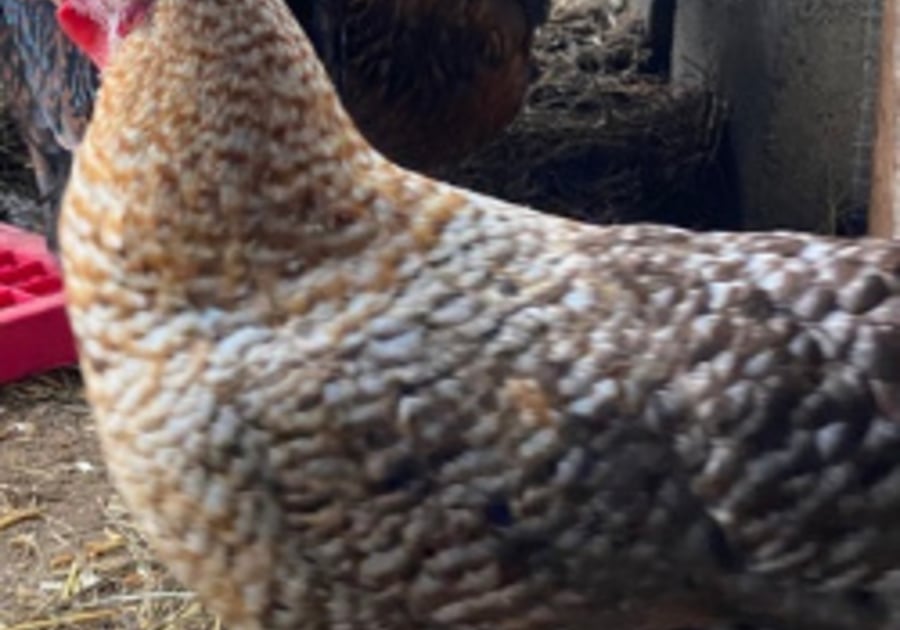A little over four years ago, my sister randomly suggested we start a backyard chicken flock. I remember laughing it off, but a part of me thought it might actually be fun. So, when she called me that summer and said, "Hey, let’s go check out the chickens at the chicken place," I decided to go for it.
What started as a casual visit to gather basic information turned into a spontaneous decision—we walked out with six baby chicks and a starter brooder box. For those unfamiliar, a brooder box is a safe, warm, and dry space for baby chicks to grow and thrive. Our starter kit also came with medicated chick feed, a waterer, and bedding. I was a little overwhelmed by the impulse purchase but rushed home to do some research.
The first thing I did was check the town codes regarding chickens. In my town, we’re allowed four hens per coop, with neighbor permission, and no roosters are allowed. So, the next step was to call our neighbors—and thankfully, they were totally on board. Phew! Each town in Westchester has its own set of regulations regarding backyard chickens. For example, towns like Ossining have specific acreage requirements.
Next up was the coop. The chicks would need to stay in the brooder for at least six weeks, which gave me some time to figure out the coop situation. We decided to attempt a DIY coop using repurposed materials we had around the yard, only purchasing a few essentials like zip ties and galvanized hardware cloth. (I learned that galvanized hardware cloth is far superior to chicken wire because it’s more durable, less prone to damage, and less likely to injure the chickens or be chewed through by predators.)
We found a ton of inspiration on Pinterest, but ultimately, we opted to use an old kids’ playhouse for the coop and our swing set for the run. We also purchased green corrugated panels to cover part of the run. After securing the coop and the run, we were ready to introduce the chicks to their outdoor home. We set up a nesting area and added a ramp for the chicks to get in and out of the coop and into the run. We eventually upgraded and added on a shed with an additional nesting box to give our growing flock more room.
Looking back, there are a few things I would have done differently: I would have mounted a perch for the chickens and sealed the roof more securely. However, we’ve been lucky with minimal issues, despite the occasional concern about predators like coyotes and hawks. That said, I recommend using predator deterrents such as electric fences and “predator eyes” to help keep your flock safe.
You can also purchase pre-made coops from local stores like Tractor Supply, but there’s something especially satisfying about building your own. Overall, raising backyard chickens has been a rewarding experience, and I’m glad I took the plunge!



